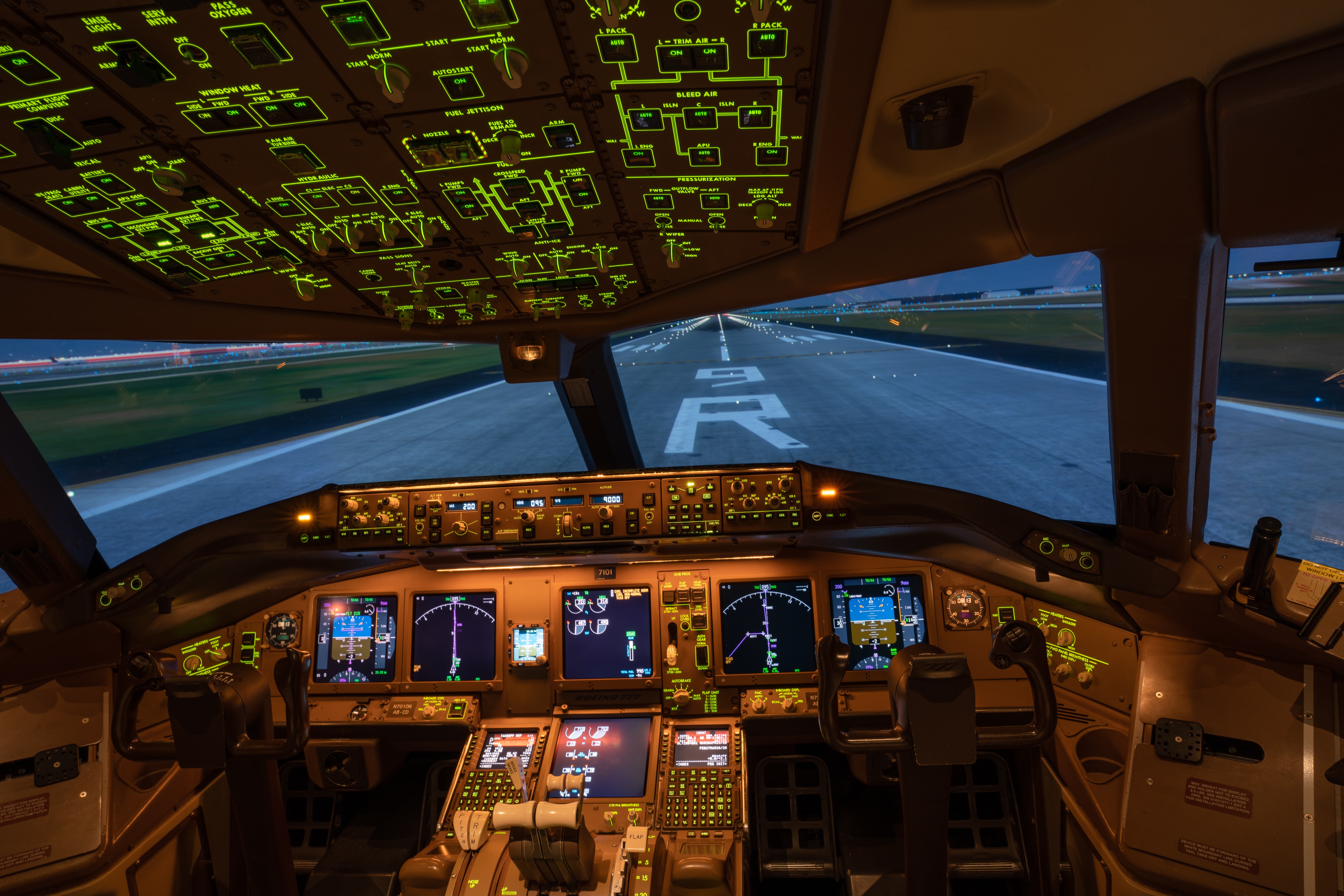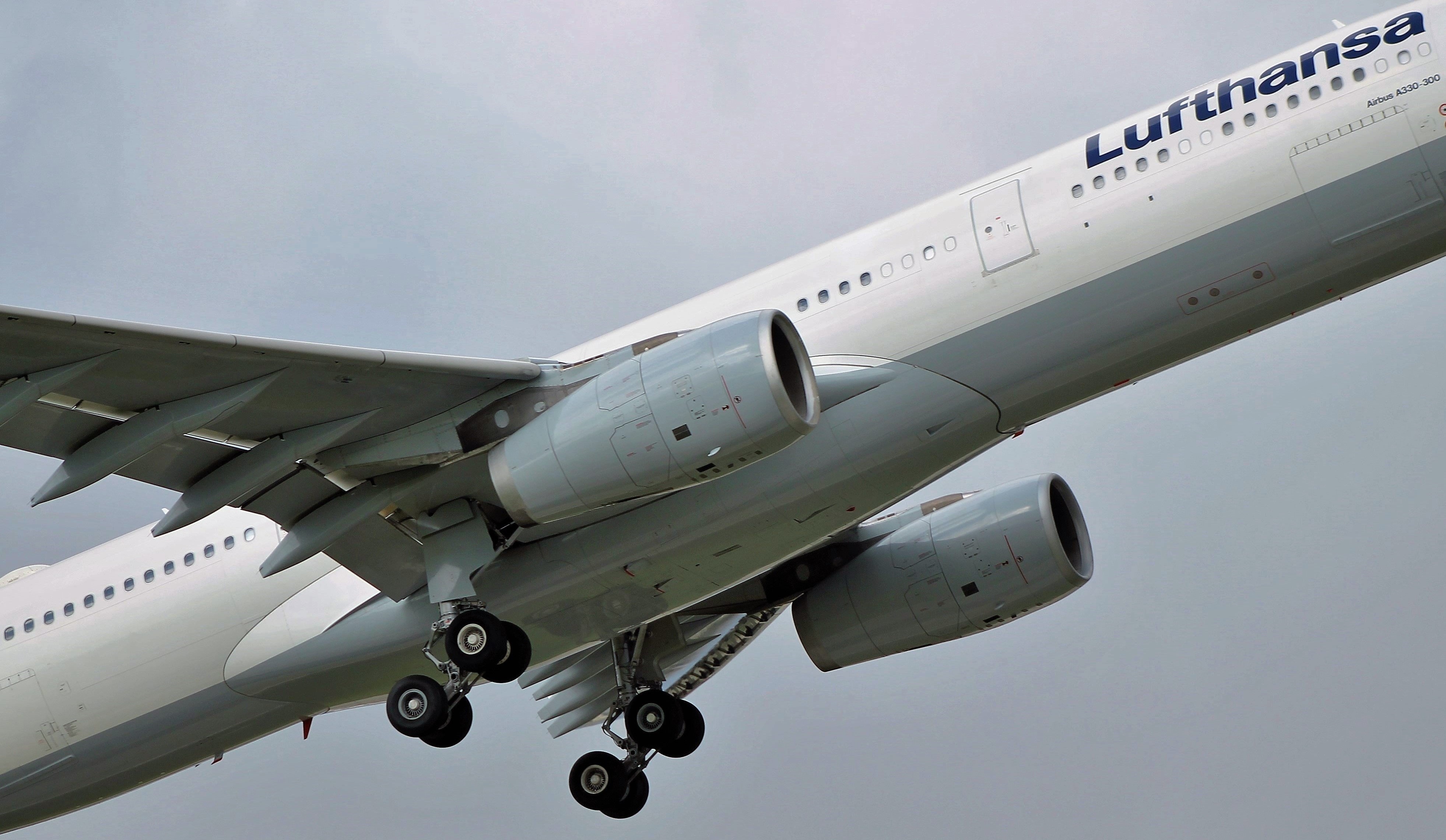The most sophisticated devices ever built by humans are airplanes. Every part of an airplane, from the elegant fuselage to the inner workings of the engines, is meticulously planned and manufactured for optimal performance and safety. Learn the fundamentals of how these incredible vehicles function in this post as we dissect the anatomy of an airplane.
The Aircraft's Primary Structure is the Fuselage.
The fuselage, or main body, of an airplane provides structural support for all other components. It's where people and things move, and it's streamlined to cut down on wind resistance and boost efficiency. The wings, tail, and engines are also linked to the fuselage.
The Wings: Creating Lift
The wings of an airplane are instantly recognised and essential to the craft's ability to stay aloft. The geometry of the wings is deliberately constructed to give maximum lift with little drag, and they generate lift through their curved design. The fuel tanks that provide the engines with the fuel they require to fly are located in the wings.
Thrust Generation via the Engines
The engines are the lifeblood of the plane, creating the push required to fly through the air. Turboprop, turbofan, and turboshaft engines are only a few examples of the many diverse types of aircraft engines. The advantages and disadvantages of each engine type must be considered before selecting an aircraft engine.


Cockpit: The Control Center of the Aircraft
The cockpit is where the pilots sit in order to operate the aircraft. The yoke, throttle, and rudder pedals are among the instruments and controls found here. The pilots' means of communicating with ground control and other aircraft are located in the cockpit.
Aircraft Stabilization Via the Tail
The rudder, together with the horizontal and vertical stabilisers, are located in the aircraft's tail. Together, these components maintain the plane level and on course. The horizontal stabiliser helps with pitch stability, while the rudder and vertical stabiliser help with yaw stabilisation.
Having the Right Landing Gear Is Essential for a Smooth Touchdown
The landing gear is a crucial component of an airplane, allowing for smooth takeoffs and landings. It typically consists of a set of wheels, struts, and shock absorbers. There are various types of landing gear, such as tricycle, tailwheel, and tandem configurations. The choice of landing gear depends on factors like the size and weight of the aircraft and the type of terrain it is expected to operate on.
Avionics: The Aircraft's Nervous System
Avionics refers to the electronics systems used in aircraft for communication, navigation, and monitoring. These systems provide essential information to the pilots, enabling them to maintain control over the aircraft and ensure safe flight. Some examples of avionic systems include radar, GPS, flight control systems, and weather monitoring instruments.

The Importance of Aircraft Systems
Aircraft systems encompass various subsystems that help to maintain the aircraft's functionality and safety. Some of these systems include hydraulic systems for controlling flight surfaces and landing gear, electrical systems for powering on-board equipment, and environmental control systems for regulating temperature and cabin pressure. These systems work together to ensure the smooth and reliable operation of the aircraft.
Aircraft Maintenance and Safety
Routine aircraft maintenance is crucial to ensure the safety and efficiency of the airplane. This includes regular inspections, checks, and repairs to all components of the aircraft. Maintenance teams must be well-versed in the intricacies of the aircraft's anatomy and systems to identify and address any potential issues before they become a hazard.
Conclusion
Understanding the anatomy of an airplane is essential for appreciating the complexity and ingenuity behind these remarkable machines. From the fuselage to the engines, every component plays a vital role in ensuring the safe and efficient operation of the aircraft. As technology advances, aircraft design will continue to evolve, leading to new innovations and improvements in aviation.